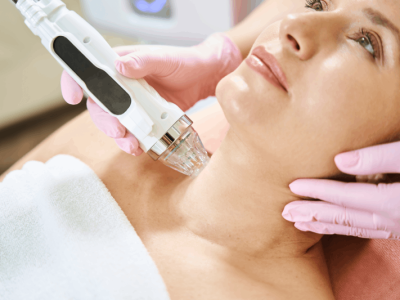Endoscopy is a nonsurgical technique that examines the digestive tract of a human. Your doctor will screen pictures of your digestive tract on a colour TV monitor using an endoscope, a flexible tube with a light and camera attached to it.
An endoscope is passed easily through the mouth and throat and through the oesophagus during an upper endoscopy, enabling the doctor to examine the oesophagus, stomach, and upper part of the small intestine.
Endoscopes may also be passed through the rectum into the large intestine (colon) to explore this region of the intestine. Depending on how far up the colon is checked, this technique is referred to as sigmoidoscopy or colonoscopy.
Endoscopic retrograde cholangiopancreaticography, or ERCP, is a form of endoscopy that enables images of the pancreas, gallbladder, and related structures to be taken. Stent placement and biopsies are also performed using ERCP.
Upper endoscopy and ultrasound analysis are combined to acquire photographs and information about different parts of the digestive tract in endoscopic ultrasound, or EUS.
In addition, your doctor may use an endoscope to perform a biopsy (tissue removal) to check for disease.
Author: Dr. Sarmed Sami MBChB, MRCP, PGCME, PhD
Consultant Gastroenterologist, Founder and Director of Digestive Health UK.
How can you detect issues in the digestive tract?
A digestive tract condition may also be treated with an endoscopy. The endoscope, for example, can be used to not only diagnose active bleeding from an ulcer, but also to provide devices that can stop the bleeding. Polyps in the colon may be removed with a scope to prevent colon cancer from growing.
Gallstones that have passed through the gallbladder and into the bile duct will also be removed with ERCP.
Overall, endoscopy is a very healthy procedure; however, there are a few possible risks, which include:
- Perforation is a term used to describe the phase of (tear in the gut wall)
- Sedation’s effect on the body
- As a result of ERCP, infection and bleeding pancreatitis have developed.
Who performs endoscopy?
In the office of your internist or family doctor, sigmoidoscopy can be performed. All other endoscopy procedures, on the other hand, are normally conducted by gastroenterology professionals (gastroenterologists). Many of these operations may also be performed by other professionals, such as gastrointestinal surgeons.








Comments